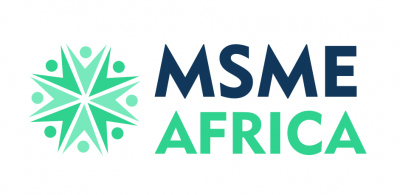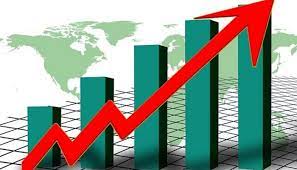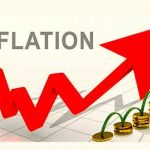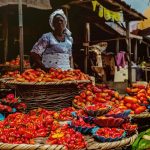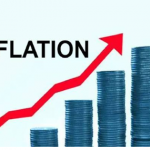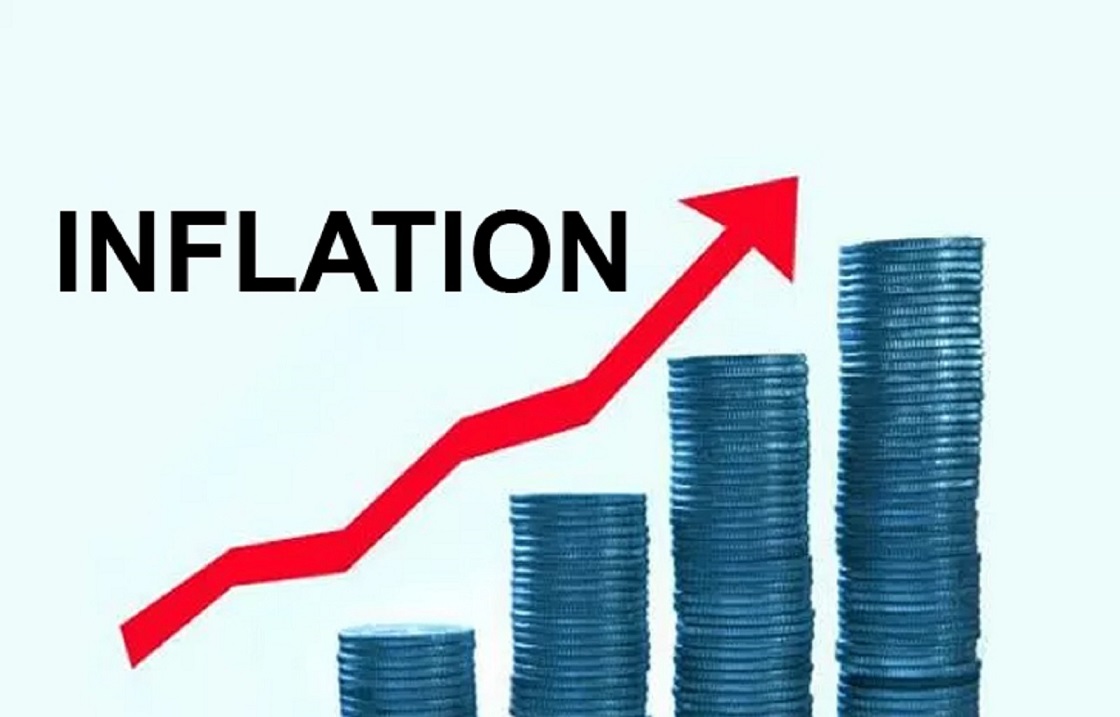Nigeria’s headline inflation rate slowed to 22.22 percent in June 2025, down from 22.97 percent in May, according to the latest Consumer Price Index (CPI) report released by the National Bureau of Statistics (NBS). The year-on-year figure marks a significant decline of 11.97 percentage points from the 34.19 percent recorded in June 2024, reflecting a notable easing in overall inflationary pressures.
Despite this positive annual trend, short-term price movements remain concerning. On a month-on-month basis, headline inflation inched up to 1.68 percent in June from 1.53 percent in May, indicating that prices rose faster within the month.
Food inflation showed a similar pattern. While the year-on-year rate plunged to 21.97 percent in June from 40.87 percent in the same month last year—largely due to a change in the base year used for calculation, monthly food prices rose sharply. The food inflation rate increased to 3.25 percent in June from 2.19 percent in May, driven by higher prices of essential items such as pepper, tomatoes, crayfish, meat, and plantain flour.
The average annual food inflation rate for the twelve months ending June 2025 stood at 28.28 percent, down from 35.35 percent for the previous twelve-month period.
Core inflation, which excludes food and energy items, also showed mixed movement. On a year-on-year basis, it declined to 22.76 percent in June from 27.4 percent in June 2024. However, month-on-month core inflation rose to 2.46 percent from 1.10 percent in May. The average twelve-month core inflation rate rose slightly to 24.14 percent compared to 24.06 percent a year earlier.
At the state level, Borno posted the highest year-on-year headline inflation at 31.63 percent, followed by Abuja and Benue. Zamfara, Yobe, and Sokoto recorded the lowest figures. Month-on-month inflation was steepest in Ekiti, Delta, and Lagos, while Zamfara, Niger, and Plateau saw the sharpest declines.
Borno also led in year-on-year food inflation at 47.40 percent, followed by Ebonyi and Bayelsa. Katsina, Adamawa, and Sokoto recorded the lowest year-on-year food inflation. On a monthly basis, Enugu, Kwara, and Rivers experienced the highest food price increases, while Borno, Sokoto, and Bayelsa saw notable declines.
The June inflation data underscores a mixed outlook for Nigeria’s economy. While the easing year-on-year figures suggest progress in curbing long-term inflation, rising month-on-month numbers point to ongoing short-term pressures especially in food prices posing challenges for policymakers and households alike.
